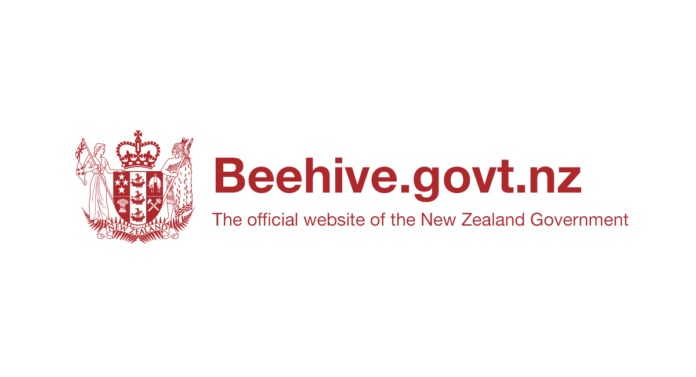Source: New Zealand Government
Latest research into our premium ice cream industry suggests exporters could find new buyers in valuable overseas markets as consumers increasingly look for tip top quality in food.
Economic Development Minister Stuart Nash has released a new report for the Food and Beverage Information Project. The project is run by government agencies MBIE, MPI and NZTE, who have oversight of innovation, primary industries and trade development.
“The new research finds scope to expand ice cream exports to Australia, Asia and the UK. It suggests premium ice cream could potentially follow the global success of premium wine and honey exports,” Stuart Nash said.
“Ice cream is produced in almost every region in New Zealand and there are around 48 local manufacturers. The challenge is translating our strong global position in dairy exports into a lucrative global market for our ice cream and other frozen treats.
“Our first local ice cream makers started with some of the best milk and cream in the world more than 100 years ago and are still causing ripples. The frozen dessert sector covers alternatives to cow milk and plant-based indulgent treats as well.
“Consumers are interested in ice cream made of milk from sheep, deer, buffalo or goats. Plant-based ice cream from oat milk, coconut milk or soy milk has a growing global market. Gelato and sorbet utilise the best of our abundant horticultural produce.
“The humble hokey pokey in a cone is a Kiwi icon and an essential part of summer. But artisan producers have innovated with organic, seasonal and rich ingredients or flavours such as A2 milk, sea salt, peanut butter, hemp, and turmeric.
“Our free trade deal with the UK agreed in principle in 2021 holds great potential for ice cream and other dairy exports. We look forward to duty-free access to the UK market for ice cream and a level playing field as soon as the FTA enters into force.
“Ice cream exporters can also respond to new consumer demands arising from the global COVID pandemic. There is growing interest in healthy, sustainable, low-carbon or vegan food, and premium products bought directly from supermarkets for consumption at home.
“Kiwi ice cream is well positioned to benefit from four global mega trends in the food and beverage sector. Consumers want easy and convenient meals; are concerned about their wellness and lifestyle; are mindful of where their food comes from and how it is produced; and like to indulge in products that are more than the bare necessities.
“New Zealand already has a global reputation as a great place to produce food. We have quality raw ingredients and low production costs; a skilled workforce and processing industry trusted by consumers; and close proximity or open access to key markets which are set to grow further with new trade agreements.
“The report suggests ice cream producers build on existing strengths in the dairy export supply chain; target the premium market and formulate unique Kiwi flavours; and focus on a few developed countries where there is already high consumption of ice cream.
“We have the natural ingredients, skilled producers and premium products that global consumers want and we have new opportunities to drive export growth,” said Stuart Nash.
New Zealand already enjoys tariff-free access for ice cream under a number of Free Trade Agreements (FTAs) in the Asia-Pacific region, including the Comprehensive and Progressive Agreement for Trans-Pacific Partnership (CPTPP).
This includes tariff-free access to China, our largest ice cream export market, under the New Zealand-China FTA; reduced tariffs into Japan, our second-largest export market, under CPTPP; and tariff-free access to Australia and other Asian markets (including Hong Kong, Korea, and Malaysia) through our network of FTAs.
Note to Editors: key findings in the Food and Beverage Innovation Project report “Opportunities in NZ ice cream and frozen novelties” (attached)
- NZ ice cream exports are growing in value but volumes have been relatively flat at 10-12,000 tonnes per year for around 15 years
- NZ exported around US$36 million of ice cream in 2020, just 0.3% of the value of our total US$11.2 billion in dairy exports
- China and Japan take 72% (US$26 million) of our ice cream exports but NZ is only a minor player in the wider Asian region. Around US$281 million of ice cream was sold in Asia by European producers in 2019.
- Australia should be a key market given its proximity but NZ ice cream is worth just US$5 million of the US$75 million of ice cream imported by Australia in 2020. NZ has lost market share in Australia to North American and European brands in the past decade.
- The UK imported more than US$400 million worth of ice cream in 2020, almost all of it from European producers.



